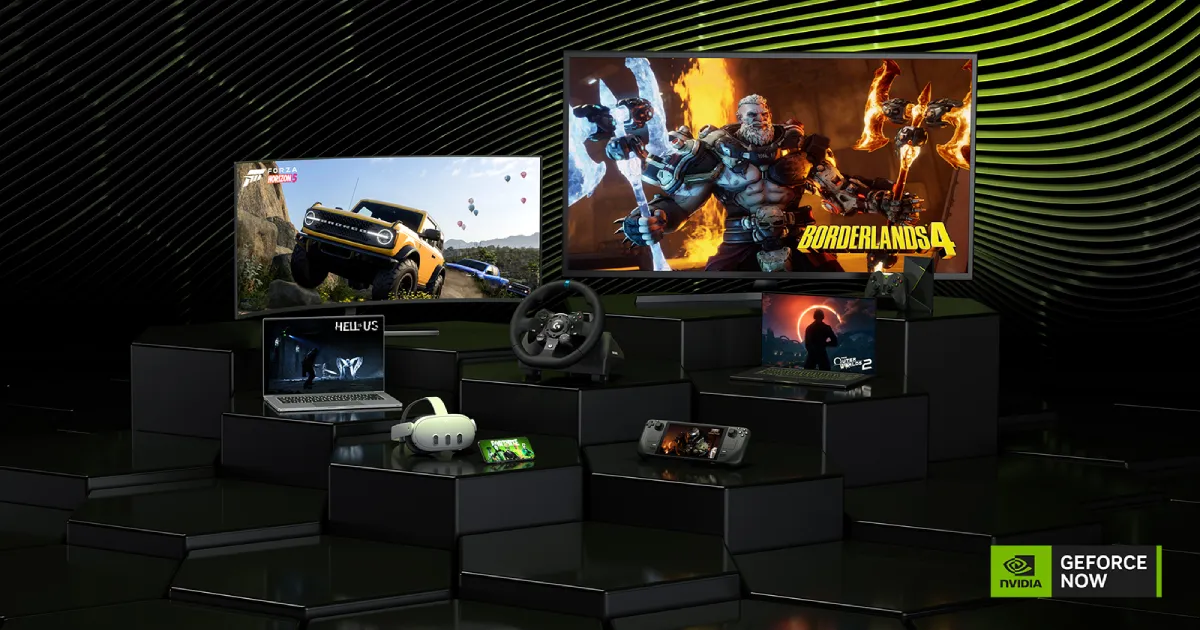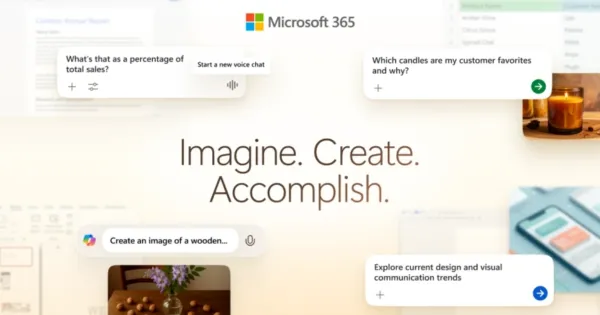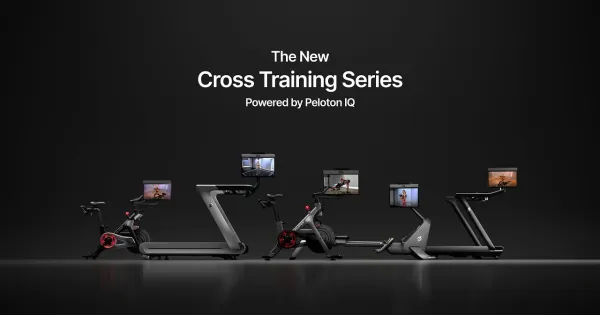Nvidia Blackwell powers RTX 5080 gaming on GeForce Now

This September, Nvidia’s GeForce Now cloud gaming service is getting its biggest upgrade in years. For the first time, Ultimate subscribers will have access to Nvidia’s latest Blackwell GPUs, effectively renting the power of an RTX 5080 with 48GB of memory and DLSS 4 — streamed directly to their phone, PC, TV, or Chromebook for $19.99 per month.
While the new hardware is the headline, Nvidia is also introducing features that could dramatically expand GeForce Now’s library and improve how players experience games.
RTX 5080 in the Cloud
GeForce Now’s Ultimate tier will soon include RTX 5080-class performance, though not for every title right away. Nvidia says the rollout will take time as new servers come online, so RTX 4080s will remain part of the mix. Still, some of the most popular games — including Cyberpunk 2077, Baldur’s Gate 3, Apex Legends, and Assassin’s Creed Shadows — will be supported on day one.
Nvidia claims its new Blackwell Superpods deliver up to 2.8x faster performance compared to earlier hardware, especially when using DLSS 4’s multi-frame generation. But as with all cloud gaming, real-world latency and server connection will determine how responsive the experience feels.
Install-to-Play: A Bigger Library, Faster
Perhaps the most transformative change is Install-to-Play. Nvidia is restoring the ability to install PC games directly to its cloud servers, bypassing the need for Nvidia to manually curate each title.
At launch, over 2,300 Steam games that support Valve’s Steam Cloud Play will instantly become available — effectively doubling the GeForce Now library overnight. Ubisoft, Paradox, Devolver, TinyBuild, CD Projekt Red, and other publishers are already on board.
There are trade-offs: unlike curated titles, Install-to-Play games won’t launch instantly. You’ll need to download them each time unless you pay for persistent storage, which costs $3 for 200GB, $5 for 500GB, or $8 for 1TB monthly. Fortunately, downloads should be fast thanks to direct links with Steam’s servers.
Higher Resolution, Higher Frame Rates
Nvidia is also pushing streaming quality further with support for:
- 5K at 120fps (16:9 and ultrawide)
- 1080p at 360fps
- 1440p at 240fps
These modes, combined with new low-latency partnerships with ISPs like Comcast and T-Mobile, could make GeForce Now more competitive for fast-paced multiplayer games. Nvidia even claims 30ms end-to-end latency in Overwatch 2 at 360fps.
For players who prioritize image quality, a new Cinematic Quality Streaming mode enhances color, sharpness, and HDR detail with AV1 streaming and AI-powered filters. Bandwidth requirements are rising too: streams now scale up to 100Mbps, compared to 75Mbps before.
Platform and Peripheral Support Expands
GeForce Now is spreading to more devices and ecosystems:
- Steam Deck OLED owners can now stream at its native 90Hz refresh rate.
- LG 4K OLED TVs and 5K OLED monitors will get a native GFN app — no Chromecast or set-top box required.
- Logitech racing wheels with haptic feedback are now supported for sim racing fans.
Price and Future Experiments
For now, Nvidia is holding the line at $19.99 per month for Ultimate, with no immediate plans to increase pricing despite the jump to RTX 5080-class performance.
Beyond hardware, Nvidia is experimenting with instant cloud gaming demos inside Discord. Soon, users could click a “Play Now” button in a server and immediately jump into a demo like Fortnite without downloads or logins. Epic Games is the first partner, though Nvidia stresses this is just a technology preview for now.
The Road Ahead
Nvidia’s latest upgrade is a big step toward making cloud gaming a true alternative to owning a gaming PC or console. The expanded library, higher fidelity, and broader device support address many past criticisms.
But questions remain: Will 5080 performance feel meaningfully better than 4080 streaming? Will latency stay low enough outside major cities? And will publishers like Sony and Rockstar ever embrace the platform?
For now, GeForce Now’s September update could mark the beginning of a new phase — one where the service feels less like a limited supplement and more like a full-fledged gaming ecosystem.





